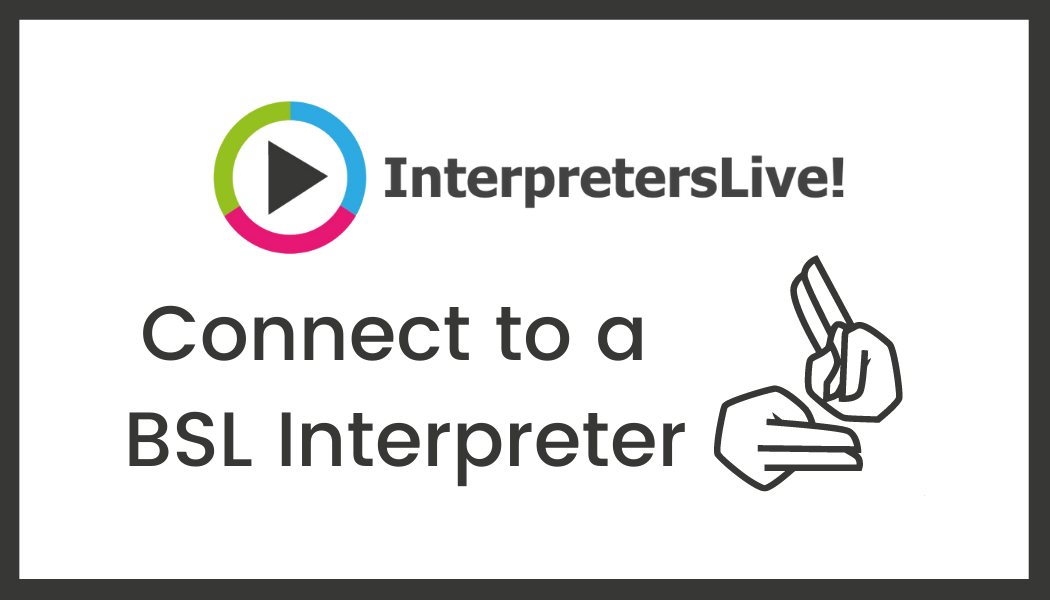
Effective equality, diversity and inclusion (ED&I) strategies are proven to benefit the bottom-line, boost innovation, and with organisations facing increased sociopolitical pressure, leaders are rapidly accelerating their implementation.
However, while ED&I strategies might look good on paper, do they actually filter down to day-to-day operations and promote effective change throughout the organisation?
For ED&I to be truly effective, leaders need to pay close attention to whether underrepresented candidates:
- Are identified, approached and engaged at the hiring stage
- Progress through each phase of a hiring process
- Accept roles in the organisation
- Feel supported, valued and engaged
- Are developed in line with their goals and aspirations
- Move up through the organisation
- Are represented at leadership level.
To ensure it’s woven into the fabric of an organisation, efforts must be coordinated at a systemic and individual level. It affects each touchpoint of an organisation, meaning everyone has to be fully bought-in, hands-on and responsible for playing their part.
The starting point
Gaining backing and support from employees may sound straightforward; after all, levelling the playing field to ensure there's fairness for all can only be a good thing. However, in reality, it’s more nuanced.
ED&I is far-reaching and complex. Opinions will differ, some people will be more informed than others, and some may not understand the context behind strategies or policies. With everyone on different pages, leaders should ask questions and listen closely to their people rather than dictate a particular course of action. It's only through opening up the dialogue that organisations can get the buy-in they need to progress.
Give everyone the option to be involved
Presenting an ED&I plan with goals and timelines attached not only puts employees under pressure to align with the organisation's way of thinking, but it also does little to involve them in the process. Will they believe their contribution really matters if they weren't consulted from the outset?
Before any final plans are drawn up, ask everyone to participate in group or one-to-one discussions about the employee experience. What areas are lacking? Is the environment inclusive? Are there opportunities for all? What does diversity mean to them? Ensure the door remains open for employees to offer feedback, making it comfortable and easy to raise any issues or submit ideas.
Armed with this data, employers can build a plan that more closely aligns with the attitudes and expectations of their people.
But don’t assume everyone wants to be involved…
When implementing an ED&I strategy, it’s common to assume that underrepresented groups will want to align themselves and champion efforts and action. However, it’s important to respect that these employees may not want to invest time in this area. A female director may not want to become a spokesperson for women in leadership, and, in the same way, Black employees might not want to spend time educating their peers on racial microaggressions.
Give people the choice of how involved they want to be and outline exactly what their participation would involve so they can make an informed decision.
Be open and honest
It's crucial to lead an ED&I strategy with transparency and accountability. Provide company-wide updates on planning and progress, allowing employees to contribute throughout. Including people at every stage reinforces that their input is crucial and valued.
Also, encouraging feedback and making ongoing improvements helps employees understand that you're all learning and developing together. No one has all of the answers, and it's essential everyone in the organisation feels like they are embarking on the same exciting journey of listening, learning, adapting and improving.
What now?
Our next blog looks at the following steps organisations can take to ensure ED&I efforts stay on track. Has it slipped back down the agenda? Should you invest in training? If so, what kind? Is your strategy delivering results? We explore some of the ways you can ensure initiatives remain front of mind and meet expectations.
Here at level=, it's our mission to help every sports organisation, regardless of size or scope, bring diversity and inclusion to their leadership and broader teams. Find out more about some of the ways we support employers and help them implement effective ED&I policies that promote fair and inclusive hiring practices. Alternatively, connect with our team on 020 8159 8656 or email hello@levelequals.com.
Connect with us on 020 8392 9959 or email hello@levelequals.com.




